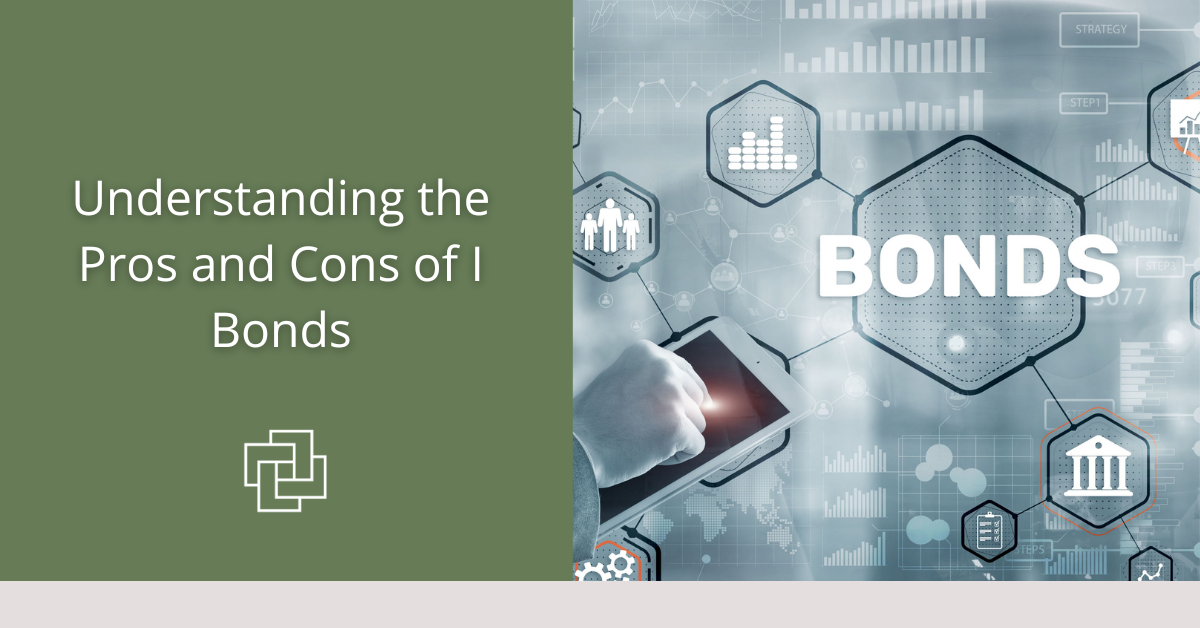
I bonds are U.S. savings bonds designed to protect the value of your cash from inflation. And with inflation surging to 40-year highs, investors are especially interested in higher-returning, lower-risk investments.
But before making a decision to rush out and buy I bonds, make sure you understand the pros and cons first. This is critically important given that most will instinctively leap to own a security that pays out an annual rate of over 9% – but like any investment – know what you’re buying before you buy.
Taken directly from the U.S. Treasury Department:
A Series I savings bond is a security that earns interest based on both a fixed rate and a rate that is set twice a year based on inflation. The bond earns interest until it reaches 30 years or you cash it, whichever comes first.
For the first six months you own it, the Series I bond we sell from May 2022 through October 2022 earns interest at an annual rate of 9.62 percent. A new rate will be set every six months based on this bond’s fixed rate (0.00 percent) and on inflation.
Individuals: Yes, if you have a Social Security Number and meet any one of these three conditions:
To buy and own an electronic I bond, you must first establish a TreasuryDirect account.
Yes, if they meet one of the conditions above for individuals.
Information concerning electronic and paper bonds:
How can I buy I bonds?
Two options:
You pay the face value of the bond. For example, you pay $50 for a $50 bond. (The bond increases in value as it earns interest.)
Electronic I bonds come in any amount to the penny for $25 or more. For example, you could buy a $50.23 bond. Paper bonds are sold in five denominations; $50, $100, $200, $500, $1,000.
In a calendar year, you can acquire:
Three points:
Two exceptions:
Yes.
Electronic bonds: You can buy them as gifts for any TreasuryDirect account holder, including children.
Paper bonds: You can request bonds in the names of others and then, once the bonds are mailed to you, give the bonds as gifts.
The purchase amount of a gift bond counts toward the annual limit of the recipient, not the giver. So, in a calendar year, you can buy up to $10,000 in electronic bonds and up to $5,000 in paper bonds for each person you buy for.”
One very important detail to especially keep in mind is that you need to hold your I bond for at least one year. And if you hold it for less than five years, you lose three months worth of earnings when cashing out.
Maybe the tax benefits and the protection against inflation are appealing to you. But like any investment, make sure I bonds fit well within your overall financial plan.
Additional information can be obtained at treasury.gov.
___________________________________
Important Disclosures
The opinions voiced in this material are for general information only and are not intended to provide specific advice or recommendations for any individual security. To determine which investment(s) may be appropriate for you, consult your financial professional prior to investing.
Investing involves risks including possible loss of principal. No investment strategy or risk management technique can guarantee return or eliminate risk in all market environments.
Series I bonds are guaranteed by the US government as to the timely payment of principal and interest and offer a fixed rate of return and fixed principal value. Minimum term of ownership applies. Early redemption penalties may apply.
All information is believed to be from reliable sources; however LPL Financial makes no representation as to its completeness or accuracy.
This article was prepared by FMeX.
LPL Tracking #1-05298532